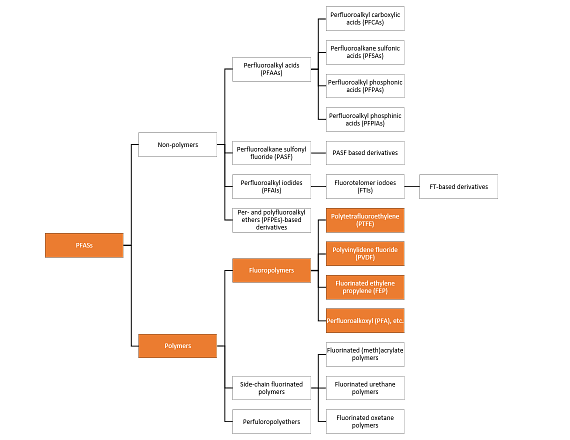"Apiro", "AutoChain", "CFRIP", "chainflex", "chainge", "chains for cranes", "ConProtect", "cradle-chain", "CTD", "drygear", "drylin", "dryspin", "dry-tech", "dryway", "easy chain", "e-chain", "e-chain systems", "e-ketten", "e-kettensysteme", "e-loop", "energy chain", "energy chain systems", "enjoyneering", "e-skin", "e-spool", "fixflex", "flizz", "i.Cee", "ibow", "igear", "iglidur", "igubal", "igumid", "igus", "igus improves what moves", "igus:bike", "igusGO", "igutex", "iguverse", "iguversum", "kineKIT", "kopla", "manus", "motion plastics", "motion polymers", "motionary", "plastics for longer life", "print2mold", "Rawbot", "RBTX", "readycable", "readychain", "ReBeL", "ReCyycle", "reguse", "robolink", "Rohbot", "savfe", "speedigus", "superwise", "take the dryway", "tribofilament", "tribotape", "triflex", "twisterchain", "when it moves, igus improves", "xirodur", "xiros" ve "yes" terimleri, igus® GmbH/ Köln'ün Federal Almanya Cumhuriyeti'nde ve bazı yabancı ülkelerde yasal olarak korunan ticari markalarıdır. Bu liste, igus GmbH'nin veya igus'un bağlı şirketlerinin Almanya, Avrupa Birliği, ABD ve/veya diğer ülkeler veya yargı bölgelerinde korunan ticari markalarının (örn. bekleyen ticari marka başvuruları veya tescilli ticari markalar) kapsamlı olmayan bir listesidir.
igus® GmbH, Allen Bradley, B&R, Baumüller, Beckhoff, Lahr, Control Techniques, Danaher Motion, ELAU, FAGOR, FANUC, Festo, Heidenhain, Jetter, Lenze, LinMot, LTi DRiVES, Mitsubishi, NUM, Parker, Bosch Rexroth, SEW, Siemens, Stöber şirketlerinin ve bu web sitesinde adı geçen diğer tüm tahrik üreticilerine ait hiçbir ürünün satışını yapmadığını ifade etmektedir. igus® tarafından sunulan ürünler, igus® GmbH'nin ürünleridir.



